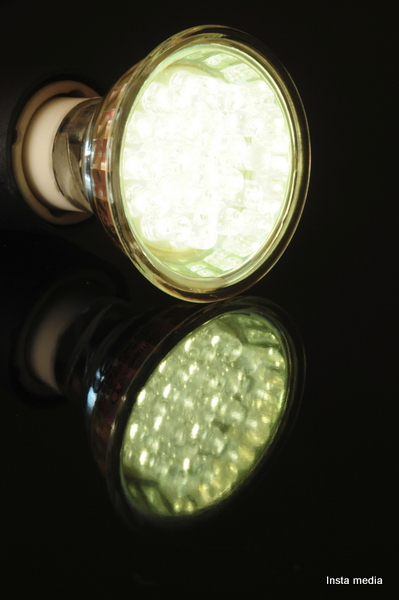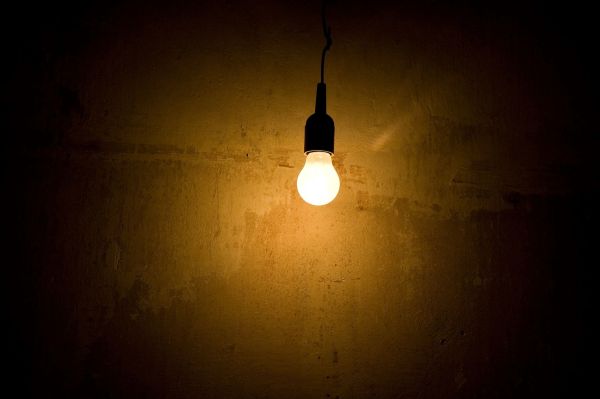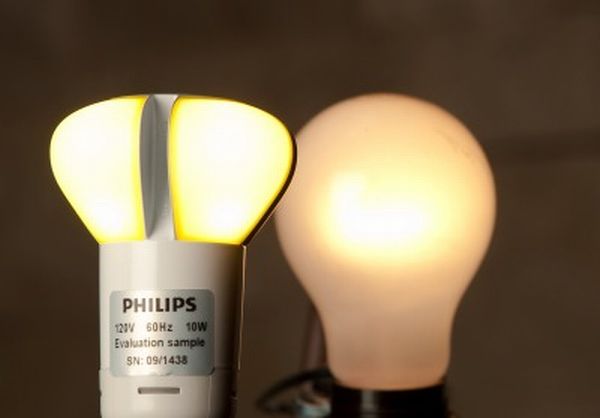With the increasing electricity bills, people are turning toward energy-efficient lighting that includes natural, as well as artificial light sources. Even the companies are looking forward to develop such types of lights that consume lesser power, while providing equal brightness.
Trends in energy-efficient lighting
The search for better light energy sources is not new to the modern world. Even Thomas Edison created long-lasting filaments back in 1880. While many of us have still been using incandescent bulbs that are being used for more than a century, there are increasing efforts going on to find such light sources that can meet newer and updated energy standards. Even the demand for such sources has been increasing among more eco-conscious people.
The energy regulations are being revised in several countries and places, including the United States, Australia, Canada and Europe. When the compact fluorescent lights (CFLs) came in, their not-so-good quality and other disadvantages, raised criticisms that again led the old light bulbs dominate. So, the newer replacement is coming in slowly in the form of light-emitting diodes (LEDs). Though invented some 50 years ago, LEDs are now being considered as the lights of future.
The concept
The concept of LEDs is to produce light twice efficiently and not to repeat the same mistakes that CFLs committed. An LED is a more eco-friendly lighting and energy-efficient choice over the traditional incandescent bulb. It does not waste the light as most of the incandescent and fluorescent lights do. That saves you hugely on your utility bills while getting a better illumination.
The Advantages
The traditional light bulbs produce light that flows in all directions. This causes wastage of light, as well as heating. But, LEDs use small and powerful lights that get illuminated when semiconductor materials get the electrons moving. Thus, LEDs throw light in a single direction and produce much less heat than incandescent lighting sources. LEDs are also more durable and cheaper than your traditional light bulbs. Bulbs have mercury in them and they emit harmful ultraviolet light if they get broken. It becomes difficult to dispose them, which is not the case with LEDs that are safer and don’t emit any radiations.
The Impact
The LED technology has evolved increasingly since its inception and has been offering a wide variety of bulbs at reasonable prices and for various applications. Both consumers and commercial buyers have opted for this newer technology resulting in large-scale savings. If this continues at this rate, LEDs could cut the demands for energy by significant margins. The U.S. itself has estimated that it could reduce the country’s energy demands by one-third and would lead to savings of around $265 billion that could further prevent the setup of 40 new power plants! Well, isn’t that huge?







